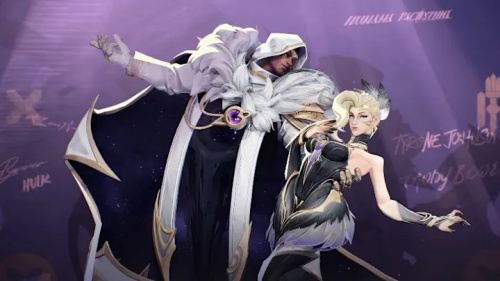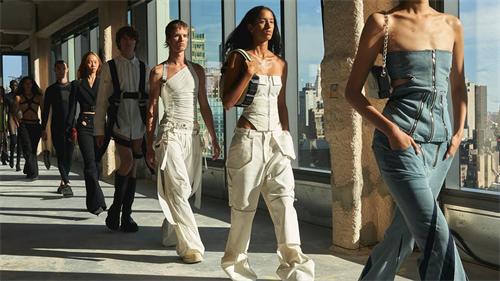Can a Video Game Skin Rival a Red Carpet Look? The New Era of Digital Fashion Status

While celebrities dazzle on real-world red carpets, digital fashion is rapidly rising in the virtual realm. From game skins to Metaverse Fashion Weeks, digital clothing is no longer just about in-game aesthetics — it’s becoming a new symbol of self-expression and identity. In fact, it’s beginning to challenge the traditional authority of fashion. This “clash between pixels and silk” reflects a deeper transformation driven by technological advancement, cultural fusion, and shifting consumer mindsets.
Traditionally, video game skins were seen as mere costumes. Today, they’ve evolved into digital artworks that merge cultural storytelling, cutting-edge technology, and design aesthetics. Gamers are no longer buying skins purely for function — they’re using them to express personality and attitude. This trend is especially prominent among younger generations, for whom digital fashion has become an essential part of their everyday “wardrobe.”
A luxury handbag may retail for over $3,000 in the physical world, yet on virtual platforms, it can sell for as little as $6 — or skyrocket to over $4,000. CNN remarked, “This shows that people are valuing their digital wardrobes as much as, if not more than, their physical ones.” As the metaverse expands into work, entertainment, and social life, millions of users are living immersively in digital environments. Dressing up one’s avatar has become as vital — and sometimes even more frequent — than dressing oneself in the mirror.
Metaverse Fashion Week: A Runway Beyond Reality
In March 2025, the second annual Metaverse Fashion Week (MFW) was held across Decentraland, Roblox, and The Sandbox, drawing millions of participants worldwide. Unlike traditional fashion weeks, MFW is not bound by time or space — users only need a computer or VR headset to enter the virtual runway and join fashion enthusiasts from around the globe for this digital spectacle.
Gucci launched a virtual flagship store in Decentraland where users could try on new digital outfits and purchase them with cryptocurrency. Balenciaga hosted an immersive fashion show on Roblox, allowing live interactions between designers and viewers, creating a boundary-breaking fashion night.
Many brands are now creating fashion solely for the virtual realm: Prada released a collection of 3D-modeled digital dresses that users can wear on social media or within metaverse spaces. Emerging brand The Fabricant, embracing a “no-physical-garment” philosophy, auctioned an NFT digital gown for a stunning $100,000.
Digital fashion liberates designers from the physical constraints of traditional fashion — no longer restricted by fabric, gravity, cost, or time. It enables both creators and consumers to unleash their imagination in a limitless space. Here, fashion is no longer tied to the human body, but becomes an extension of identity and desire.
Fashion blogger ‘Kira Qiya’ expressed her passion for virtual clothing, saying it’s because they “break free from the limitations of gravity and textiles,” opening an entirely new era of design. For many in the metaverse, digital outfits are not just aesthetic choices — they’re reflections of personal values and taste.
The core of gaming is immersion and interaction, which aligns perfectly with the logic of digital fashion. Customizing avatars and purchasing skins is already second nature to players — and this habit has seamlessly transitioned into the consumption of virtual apparel. Digital fashion acts like a “second skin” for virtual identities, serving as a form of self-expression in the online world.
“If you live in the metaverse every day, naturally you need digital fashion and virtual tools.” This trend reveals that digital fashion consumption is not just about showing off — it's a social act and a statement of identity.
From red carpet gowns to game skins, from hand-stitched couture to AI-generated designs, fashion never stops evolving. Digital fashion isn’t a replacement for traditional fashion — it’s an extension in the context of new technology. It redefines what it means to “dress,” and marks the industry’s step into a more diverse, inclusive, and future-forward era.
The virtual world is no longer merely an escape from reality — it’s a vibrant stage for human emotion, creativity, and aesthetic resonance. And on this stage, a video game skin may shine just as brightly as a red carpet dress.
RECOMMEND FO YOU



